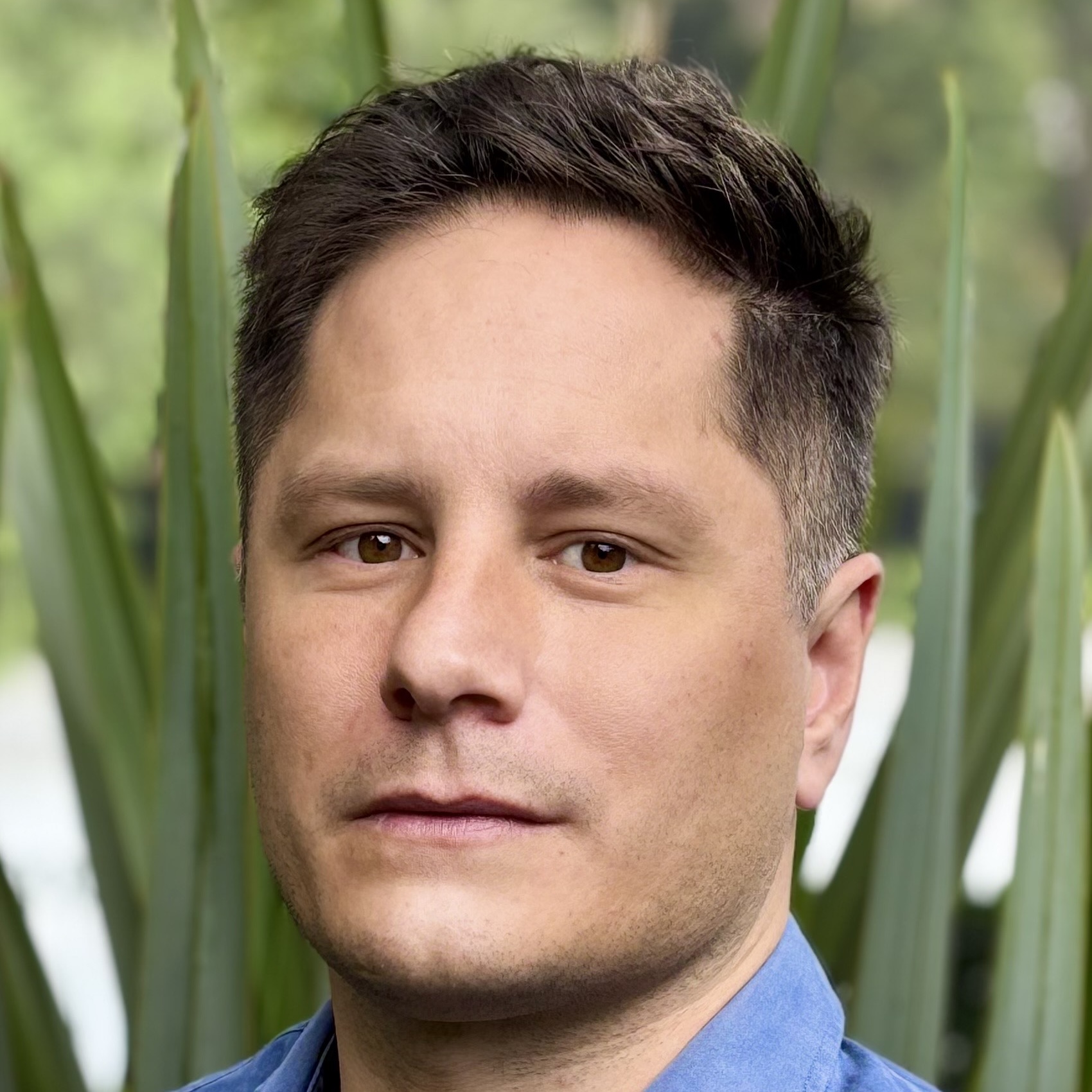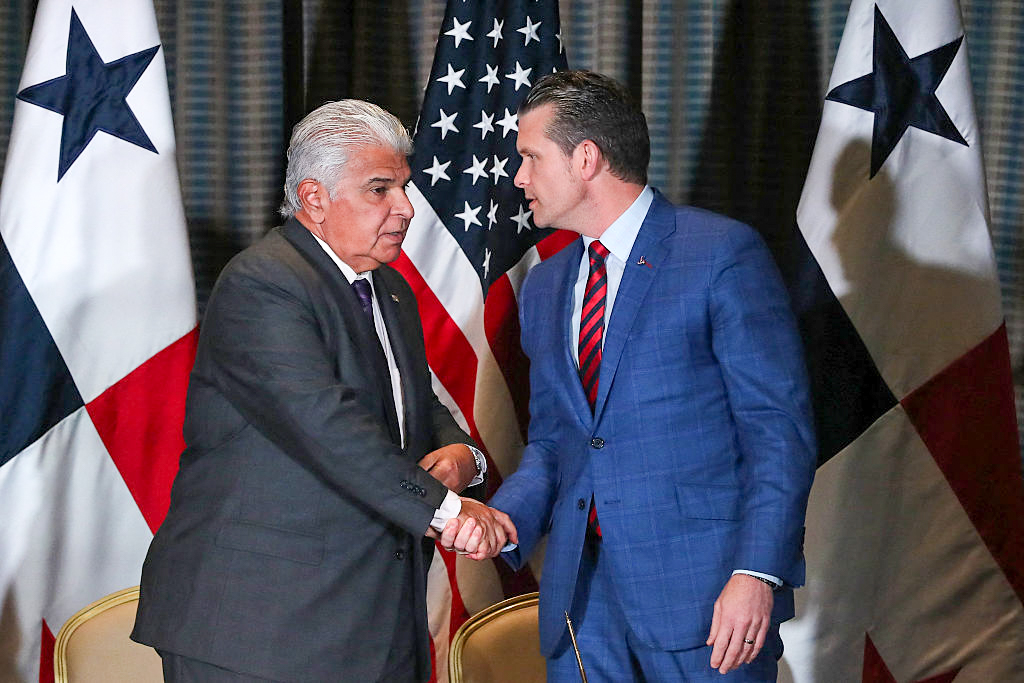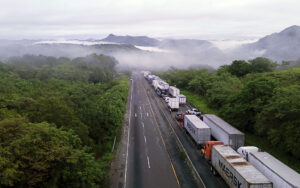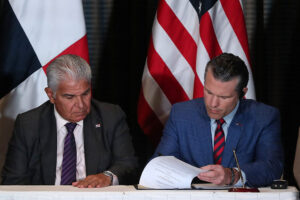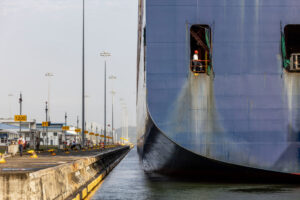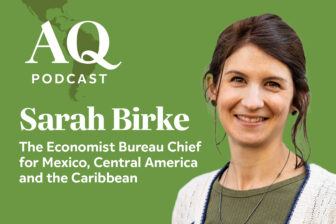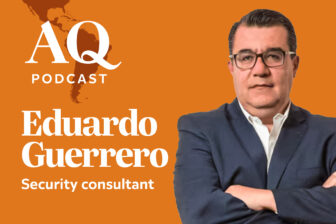
PANAMA CITY—A month ago, the U.S. Embassy in Panama made a rare announcement: The U.S. government, in coordination with the Ministry of Public Security, would replace Huawei telecommunications equipment at 13 sites across the country with U.S. technology. In a photo posted to X, workers could be seen laying the foundations for a new radio mast. “Under President Trump’s leadership,” the post continued, “the United States is working to counter the malign influence of China throughout our hemisphere.”
The decision marked the first time the U.S. has implemented the policy of “Rip and Replace” in Latin America, signed into law at the end of the first Trump term. It follows the February visit of U.S. Secretary of State Marco Rubio, who has called Huawei “a geopolitical asset of the Chinese Communist Party.” Soon after Rubio left Panama, the country became the first ever to exit China’s Belt and Road Initiative.
In a decade-long push-back against Huawei in the region, the latest move is “a symbolically important gesture in a critical country,” said Evan Ellis, a professor at the U.S. Army War College. However, the $8 million U.S. spend to replace the company’s footprint in Panama represents a “drop in the bucket given the penetration of Huawei equipment and cloud infrastructure in Central America,” he told AQ.
Founded in Shenzhen, China, in 1987, Huawei has evolved into a global leader in information and communications technology. But for years, U.S. officials have expressed concerns that the company’s connections to the Chinese government and military could pose national security threats. Operating in more than 170 countries and serving over 3 billion people worldwide, Huawei’s sales to Latin America have softened the blow to the company of U.S. restrictions on purchasing from and supplying the Chinese giant.
After double-digit growth in the Americas in 2023, Huawei’s revenue in the region grew another 2.7% in 2024, to about $4.9 billion. The company opened its first Latin American office in Brazil in 1998 and has since expanded its branch offices to eight more countries in the region. It also established a regional headquarters in Panama City in 2011 and a distribution center in the Colon Free Trade Zone in 2013.
Competing against global firms such as Nokia and Ericsson to dominate the communications spectrum in the region, Huawei has built a considerable presence in the hemisphere. Cell phone operators are generally not required to disclose the technology they use, but a 2024 report by the United States Institute of Peace (USIP) estimates that half of Brazilian 3G and 4G networks run on Huawei equipment, and that 80% of calls in Mexico pass through a Huawei device. According to the company, its cloud services have been the fastest-growing in Latin America since 2019, and it has become one of the top three providers in the region alongside Microsoft and Google. The company is also expanding in AI, having recently signed a deal to develop a Portuguese Large Language Model (LLM) in Brazil, a country where it also expects to enter the data center market, pending the government’s rollout of a tax break plan.
While the USIP report states that there is evidence of price dumping and bribery by Huawei to expand in the region’s market, it found no cases of security breaches resulting from Huawei backdoors or data leaks.
Central American flashpoints
Panama’s cell tower network is almost exclusively owned by Cable & Wireless, a U.S.-headquartered firm, and the penetration of Huawei technology in its infrastructure is unclear. In April last year, Cable & Wireless was studying proposals from Huawei, Ericsson and Nokia for the rollout of 5G infrastructure. A month later, Huawei announced it would open its first regional Cybersecurity and Transparency Center in Panama.
That center has not been built, nor will Huawei be eligible for the 5G tender. U.S. Defense Secretary Pete Hegseth visited Panama in April, signing an agreement with provisions for “enhanced cyber cooperation,” in addition to “rotational” U.S. troop deployments to three former U.S. military bases. Shortly after the visit, Panama City’s mayor announced the municipality would not contract technology from countries that had not signed the Budapest Cybercrime Convention, including China and Russia.
In August 2023, Costa Rica used the same requirement to block Huawei from 5G auctions despite having awarded contracts to the firm just two months prior. Manuel Tovar, the minister of trade, said Huawei had used “atypical and excessive pressure” in its bids to win certain contracts.
Nevertheless, such measures will find it hard to displace embedded Chinese telecoms infrastructure. “Huawei’s presence in Central America is enormous,” Ellis told AQ. “They dominate the telephone market and network infrastructure, but also data and cloud services.”
In Honduras, which established diplomatic relations with Beijing in 2023, the state telecoms company has a secretive alliance with Huawei to upgrade the network. The governments of El Salvador and Nicaragua have also held “strategic meetings” with Huawei executives in the last two months. In early April, Nicaraguan President Daniel Ortega met with Huawei executives in Managua, signaling intentions for deeper tech cooperation with Chinese companies. In February Guatemala’s social security system awarded a contract for a cyber recovery vault to Huawei, but the contract was annulled three days after Rubio’s visit to the country.
Huawei is also attempting a charm offensive. In 2019, Huawei’s Central America and Caribbean division inked a partnership agreement with UNESCO across five countries—Costa Rica, El Salvador, Honduras, Nicaragua, and Panama—focused on promoting sustainability sciences and integrating information and communication technology (ICT) into education. (Guatemala was notably absent from the list.) It seems that Huawei is attempting to follow through with continued programming to win hearts and minds.
But that hasn’t changed certain hard realities. Following AT&T’s acquisition of two Mexican wireless companies, the U.S. company removed Huawei equipment from sensitive border areas, through they redeployed it in other areas of the country, according to Parsifal D’Sola Alvarado, author of the USIP report.
“Panama is a small country with a limited network,” D’Sola said. “It would be a lot harder for the U.S. to pursue this policy in Mexico or Colombia.”
Huawei did not respond to requests for comment.
Unintended consequences
Indeed, the U.S. Embassy’s fanfare around its “Rip and Replace” implementation risks inflaming the already strained relations with the Panamanian government. The Embassy’s announcement came before any Panamanian comment on the matter, leading President José Raúl Mulino to express disapproval, saying, “I request that the U.S. Embassy abstain from making public pronouncements which only the Panamanian government can make.” This came amid mounting domestic criticism of Mulino for bowing to U.S. pressure after the Hegseth visit, especially when the U.S. version of a joint statement did not explicitly recognize Panama’s sovereignty of the Panama Canal.
“The U.S. should be offering carrots and sticks to convince countries to choose other operators to Huawei,” Ellis said. “But threatening to invade, or beat them up with tariffs, will not build the relationship of respect and dignity we should be offering our partners.”
“The need to update old facilities is understandable,” Xu Xueyuan, China’s ambassador to Panama told AQ. “But it is not acceptable to turn it into political propaganda against China.”
Under the Biden administration efforts to oppose Huawei’s expansion in Latin America were a low-key affair. The U.S. has a long way to go, and over-celebrating small wins—such as the replacement of a dozen radio masts—risks alienating local governments. Even so, the Trump administration’s actions in Central America indicate it is set on embracing pressure and pomp to obstruct Huawei.


